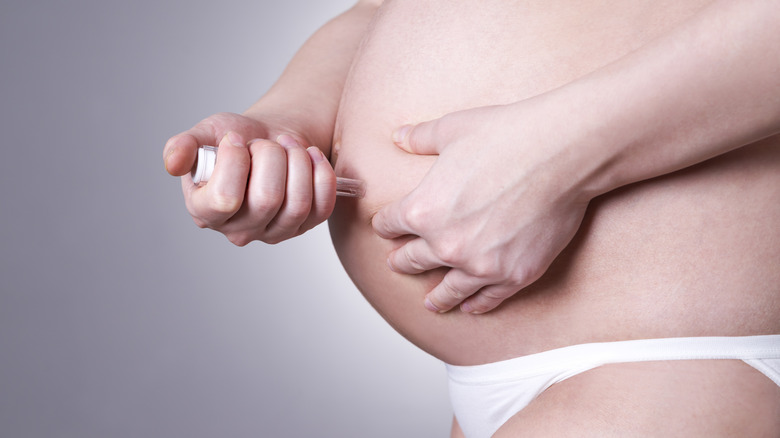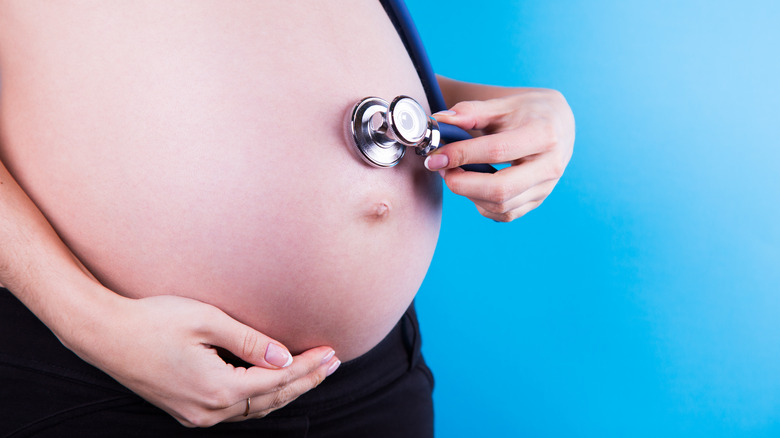How Is Preeclampsia Treated?
According to the Centers for Disease Control and Prevention (CDC), preeclampsia is a sudden rise in blood pressure during pregnancy. The condition affects about 1 in 25 pregnancies in the U.S., with some women developing seizures.
So what causes this sudden rise in blood pressure? Mayo Clinic notes that although the problem begins in the placenta, many factors contribute to the development of preeclampsia. The source further explains that during the early stages of pregnancy, new blood vessels develop to ensure a better supply of nutrients and oxygen to the placenta. These blood vessels tend to malfunction in women with preeclampsia, leading to blood circulation problems in the placenta and blood pressure problems in the mother.
A 2019 study published in the Journal of Clinical Medicine notes that, among other factors, women are at a high risk of preeclampsia if they're 40 years or above and have had hypertensive disorders during past pregnancies. These risk factors play a major role in diagnosing and treating preeclampsia.
Preeclampsia diagnosis and treatment options
According to the NHS, doctors can diagnose preeclampsia during routine checks. For the most part, these routine antenatal checks allow doctors to identify and manage the condition before it becomes too serious. With each antenatal visit, doctors can check a pregnant women's blood pressure. They can also take a urine sample for signs of protein, says the NHS.
The NHS lists labetalol, nifedipine, or methyldopa as suitable medications for treating preeclampsia. However, a 2000 study published in the journal Clinical Pharmacokinet notes that magnesium sulfate therapy is effective for women with severe eclampsia and can be administered via intramuscular or intravenous routes.
Healthline also reiterates that the safe delivery of your baby is the only way to treat preeclampsia, and that's where magnesium therapy comes in handy. It reduces the risk of seizures and can prolong the pregnancy, ensuring any corticosteroid drugs can work well.
Symptoms of preeclampsia
WebMD notes that preeclampsia symptoms usually show up after 34 weeks. The source emphasizes that there may be some rare cases where symptoms start to show as early as 20 weeks into the pregnancy. Even though most of these symptoms go away, some people can still experience symptoms even after birth, or within the first two days of delivery.
According to the NHS, the main symptoms of preeclampsia include high blood pressure and protein in the urine. A 2004 study published in the European Journal of Obstetrics & Gynecology and Reproductive Biology also notes a strong relationship between preeclampsia and headaches. The study explains that pregnancy-induced hypertension increases the patient's susceptibility to chronic migraine symptoms like vascular reactivity, endothelial damage, hyper platelet aggregation, etc.
Generally speaking, women experience various uncomfortable symptoms during pregnancy, including pain around the ribs due to the position of the fetus in the womb, per Medical News Today. For this reason, pregnant women must be able to tell the warning signs and seek adequate help to prevent complications.



